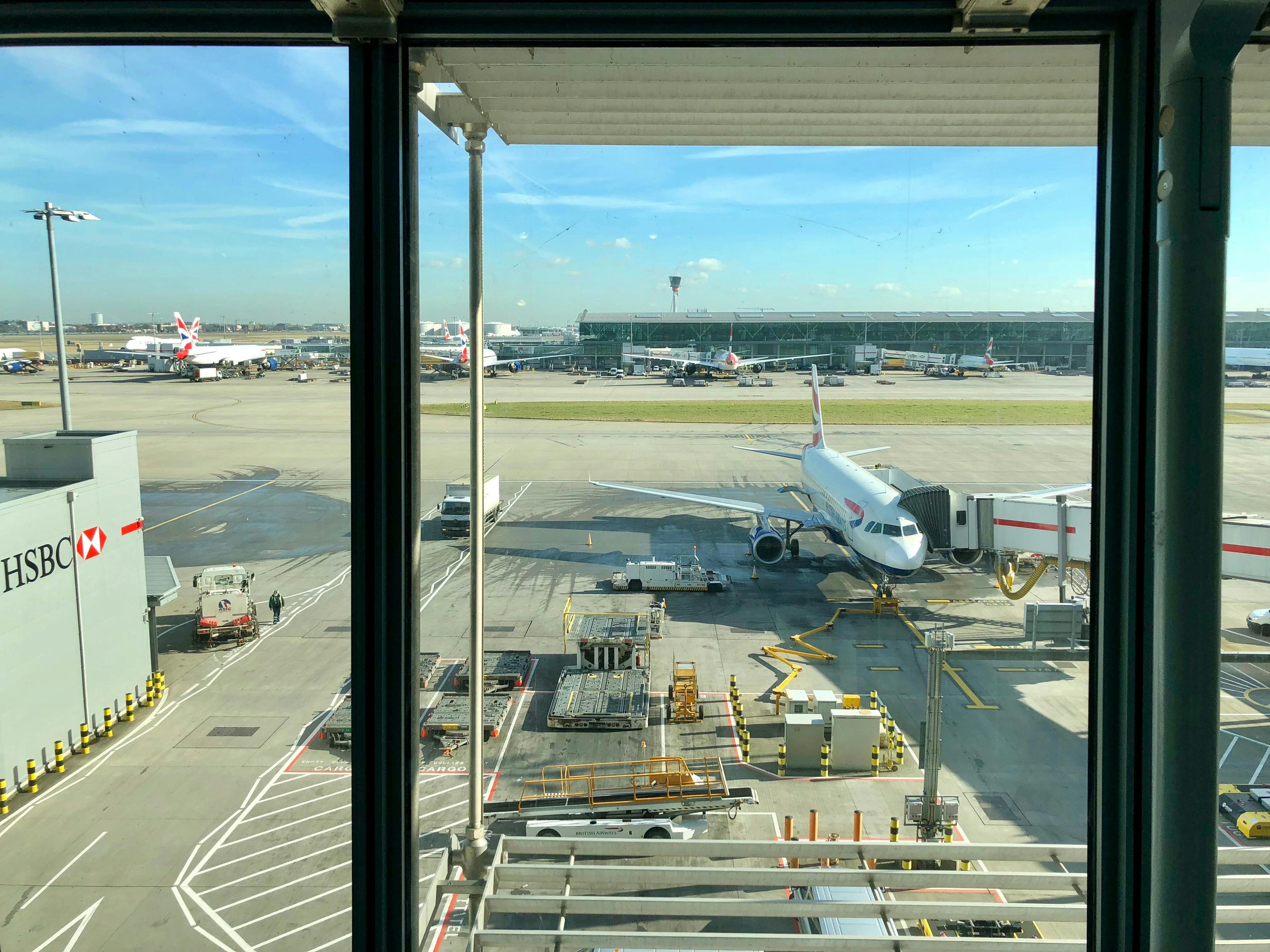
Heathrow Airport Airside Roads Scheme
This project required the Careys team to replace a number of live airside roadways, comprising of the replacement of pavement quality bays leading into the airport, replacement of concrete used in aircraft stands and the resurfacing of the asphalt road adjacent to the airport’s main fire station.
Client
Heathrow Airport LtdLocation
LondonPrincipal Contractor
Ferrovial AgromanServices
These works were undertaken in a fully operational environment, with access required by aircraft, maintenance personnel and the fire service at all times.
Our dedicated team planned and delivered these works over four phases to ensure continual access to the British Airways engineering facility and the entrance to the airside roads tunnel. Our works consisted of break out of the existing Pavement Quality Concrete (PQC), reduced dig to place new type 1, then creation of a reduced level pavement formation followed by pouring of the new F6 PQC.
This project was greatly constrained by the multiple services that were identified during the works but previously unrecorded. Thanks to careful surveying by our team, no service strikes occurred on the project.
Our collaborative approach and intricate planning ensures access to vital services remain operational
Our collaborative approach and intricate planning ensures access to vital services remain operational
A further roadside repair scheme undertaken by our team entailed resurfacing the airside road adjacent to the main airport fire station and hydrant refuelling vehicle depot. The nature of these facilities required our team to maintain access during normal operational hours, requiring us to undertake work in limited possession periods.
We planed the road to the base of the binder course which we then re-laid on the same shift, in addition to locally ramping with the nine manhole frames.
Subsequently, we laid the stone mastic asphalt surface coarse. Our works also encompassed an area adjacent to a main T-junction which was originally concrete and block paving which we replaced with asphalt.
We'd love to hear from you, so please get in touch